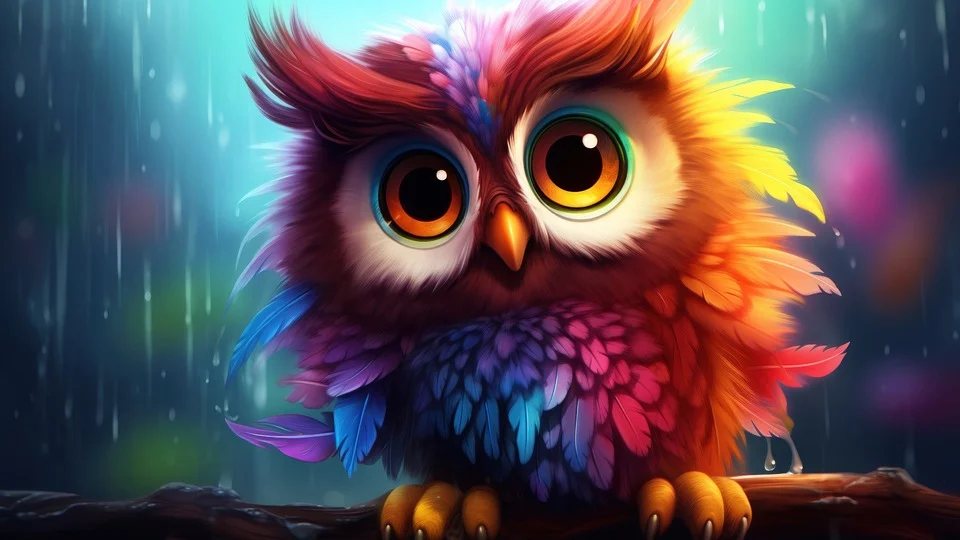The Cute:Jkiygrfjq0c= Owl presents a fascinating study in avian uniqueness, characterized by its striking feather patterns and vibrant eye colors that serve both aesthetic and functional purposes. While its solitary nature is notable, the owl’s occasional social behaviors during mating rituals reveal an intriguing aspect of its adaptability. Furthermore, understanding its natural habitat and the ongoing conservation efforts is essential in safeguarding this captivating species against emerging threats. As we explore these dimensions, we must consider what implications they hold for the future of the Cute:Jkiygrfjq0c= Owl and its ecosystem.
Unique Cute:Jkiygrfjq0c= Owl Features
Owls captivate observers with their distinctive physical features that set them apart from other avian species.
Their mesmerizing feather patterns, ranging from mottled browns to striking whites, provide excellent camouflage in diverse habitats.
Additionally, their enchanting eye colors—ranging from deep amber to vibrant yellow—enhance their allure, allowing them to see exceptionally well in low light.
These traits contribute to their unique charm and adaptability.
Read Also: Cute:Heq0cmd3ruy= Owl Drawing
Behavior and Social Structure
The behavior and social structure of owls reveal a complex interplay of solitary habits and occasional social interactions.
These magnificent birds exhibit territorial displays, marking their domains with vocalizations and posturing to deter intruders.
During mating rituals, male owls perform intricate courtship behaviors, engaging in synchronized calls and aerial displays to attract females.
Such interactions highlight their adaptability and the importance of social bonds within their species.
Natural Habitat and Range
Typically found in a variety of ecosystems, owls occupy a diverse range of natural habitats, from dense forests and open grasslands to arid deserts and urban areas.
Their adaptability enhances survival, with owl nesting often occurring in tree cavities or abandoned structures.
These habitats support their feeding habits, allowing them to hunt effectively, primarily targeting small mammals and insects under the cover of night.
Conservation Status and Efforts
Many owl species face significant threats due to habitat loss, climate change, and human encroachment. Conservation challenges persist, prompting urgent calls for habitat preservation strategies.
Community involvement plays a crucial role in these efforts, fostering local stewardship. Additionally, educational initiatives raise awareness about owls’ ecological importance, encouraging active participation in their protection and ensuring a future where these remarkable creatures can thrive in the wild.
Read Also: Collector:Xsczfdty208= Owl House
Conclusion
In the tapestry of biodiversity, the Cute:Jkiygrfjq0c= Owl occupies a vibrant thread, its striking appearance and behaviors echoing the beauty of nature’s artistry. Yet, much like the fragile balance of an ecosystem, the survival of this enchanting species hangs in the balance, threatened by the relentless forces of habitat destruction and climate change. Continued conservation efforts are essential, ensuring that future generations may witness the mesmerizing allure of the Cute:Jkiygrfjq0c= Owl, a true emblem of avian elegance.


